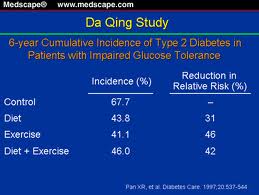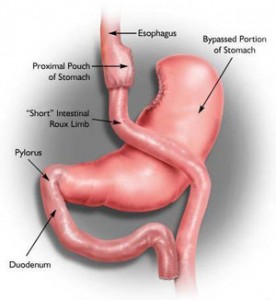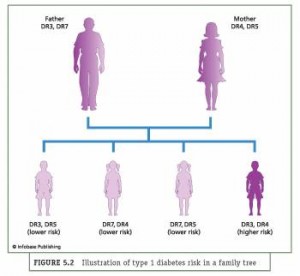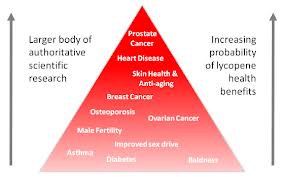Chronic kidney disease (CKD) has been on the rise for several years and is responsible for premature deaths all over the world. Many different kidney diseases (glomerulonephritis, pyelonephritis, diabetic nephropathy, hypertensive nephropathy etc.) will lead to end stage kidney disease, called chronic kidney disease, and this in turn would require dialysis treatment or a kidney transplant. Often these patients will die prematurely.
Dr. Chi-Pang Wen and collegues from the National Health Research Institutes, Taiwan, have followed a total of 462,293 people with all stages of CKD since 1994. At the end of 2006 there were 14,436 deaths in this population. The two best screening tests to predict deterioration of kidney disease were the flow rate of fluid through the kidneys (medically termed “glomerular filtration rate”) and protein tests of urine. The glomerular filtration rate should stay constant and above a certain cut-off point, and protein should not leak into urine. When the medical researchers started to analyze the results of this study, they found that CKD was affecting about 12% of the general population (the figures are very similar to the US). The patients with CKD had an 83% higher general mortality and had a 100% higher mortality from cardiovascular diseases.
After a 13 year observation period with a median follow-up of 7.5 years 10.3% of the deaths in the entire population were due to CKD. In the low socioeconomic status group this figure was 17.5%. About 40% of the deaths from CKD occurred before the age of 60. Those in the study who had been taking Chinese medicines had a 20% increased risk to develop CKD.
In most countries around the world regular yearly screening of glomerular filtration rates and testing for protein leakage into urine is not done on a large scale. But this is the only way to prevent early kidney disease from developing into chronic kidney disease. Once early kidney disease has been identified, preventative measures like salt restriction, treating diabetes and treating unrecognized high blood pressure etc. can be implemented. In many cases this will prevent the need for dialysis, kidney transplants and death from chronic kidney disease.
More information about pyelonephritis, one of the possible causes of kidney failure: http://nethealthbook.com/infectious-disease/urinary-tract-infection/pyelonephritis/
Reference: Lancet ( 2008), vol. 371, page 2173 to 2182 (June 28, 2008)
Last edited November 4, 2014















